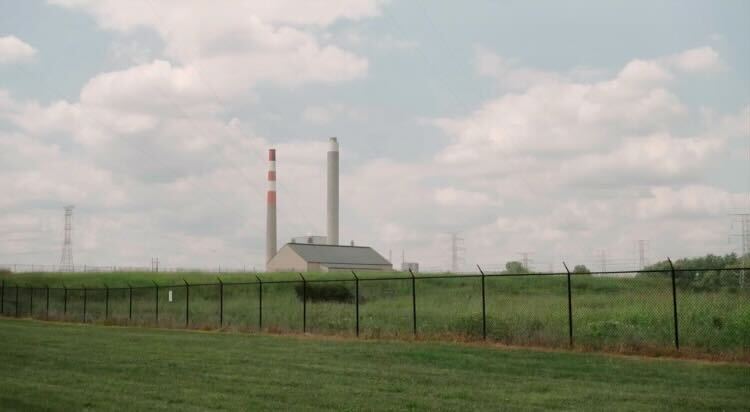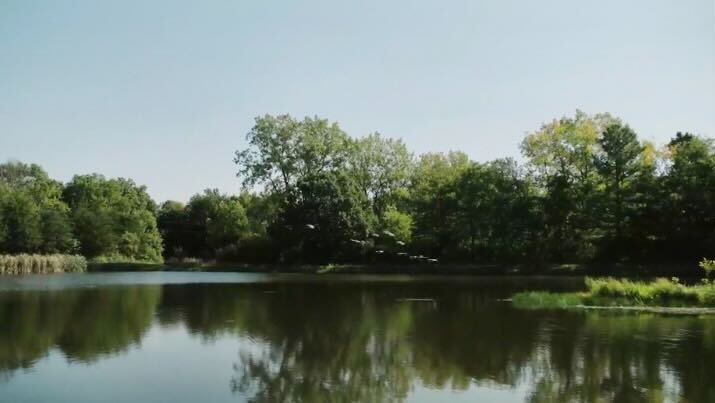State of Change examines how Illinoisans manage carbon
Table of Contents


Carbon is a key to life on Earth. Whether it's air, animals, people, plants, or water, it would not be possible without carbon. Human use of carbon means Illinois and our planet are in a State of Change. In the second episode, released in November 2022, Illinois Public Media host/producer Tinisha Spain explains:
- scientists explain carbon and how it is shaping climate change
- why Illinois is a good place to store carbon
- how Illinois researchers are developing reduced carbon concrete
- how a byproduct of burning carbon is threatening a natural area of Illinois
- how companies are paying Illinois farmers to help offset carbon emissions
- a couple who is running their brewery off the grid, free of carbon
What is carbon?

What is carbon and what why too much carbon dioxide is putting our planet in peril
For those of us who have not been in science class for years, we are taking the mystery out of the element of carbon, which is all around us. We talk with Sallie Greenberg, geologist at the University of Illinois and principal research scientist for the Illinois State Geologic Survey. She explains the difference between carbon and carbon dioxide. Greenberg also explains why Illinois has a special 7-layer geological formation that makes it a good place to store carbon, which could help mitigate the worst effects of climate change. “I like to say I’m unbiased when I say this,” says Greenberg. “We have great rocks in Illinois. And we have really suitable geology for carbon storage.”
A United Nations report released in 2022 says the only way to stop the most dramatic rise in temperatures and sea rise is to act now. Deanna Hence, atmospheric science professor at the University of Illinois concurs. She explains the link between increased carbon emissions, climate change and the effects on Illinoisians. “We may go longer without rain and then we’ll have huge downpours,” says Hence. “That has different impacts on agriculture and the amount of rain that our crops rely on.”
The danger below

Middle fork river in Kickapoo state park has a danger lurking beneath
In Eastern Illinois, there is a race against time. Just up from the picturesque Kickapoo State Park and Middle Fork of the Vermilion River is a shuttered power station. It turned coal into electric energy from the late 1950s until 2011. “Coal ash is the byproduct of burning coal, similar to a campfire where you burn, you have ash down, and you also have ash that flew up out of the campfire,” says Andrew Rehn, water resource engineer with Prairie Rivers Network. “One difference is that coal has trace elements of things like arsenic or molybdenum, chromium, radium, and those trace elements are concentrated in what's left over.” That ash with those elements is buried in ponds near the river.
The company that owns the plant is working to remove the leftover coal ash but say it could take 20 years to remove and bury it in a safer place. Meanwhile, environmentalists and park enthusiasts say the coal ash is seeping into the water. And they are worried about break-in soil which could send millions of gallons of coal ash into the wilderness. Rehn warns this is not an issue unique to Eastern Illinois. “Power plants across Illinois have been in across the country just building up these coal ash ponds, acres, large millions of cubic yards of coal ash at almost all of these sites. So, the Middle fork is just one example,” says Rehn.
Working on Solutions

Wind turbines in Illinois
Illinoisans are at the forefront of several projects to mitigate carbon emissions.
Former Illinois Public Media agriculture and environmental reporter Dana Cronin talked with farmers in Bloomington, Illinois. Programs are popping up across the agriculture industry, targeting everything from corn and soybean farms in the Midwest to cotton fields in the South. Farmers are being paid to plant off-season plants that will pull carbon dioxide out of the air. “Right now, we can get every farmer on Earth to change their behavior, if we incentivize it correctly, and they have the infrastructure, the equipment, they're already dispersed across the globe to make that happen immediately,” says Chris Harbourt, chief strategy officer at Indigo, a farming technology company.
Concrete is one of the world’s most widely used materials. University of Illinois civil engineering professor Nishant Garg helped create a form of concrete that emits less carbon dioxide. One of the world’s leading technology companies, Meta (home of Facebook), is using that material to build a new campus in DeKalb, Illinois.
According to the site CO2Everything, brewing one bottle of beer produces the same amount of carbon as driving a mile in a car! A couple in Georgetown, Illinois shows us how they are making a difference. They have built an entire brewery and bar that is run completely off the grid.
Credits
Production funding is provided by the Backlund Charitable Trust.
Tinisha Spain is the host and producer of State of Change. Reginald Hardwick is the executive producer. DJ Roach is the video production manager. Sam Mirpoorian is the videographer, editor, and drone operator. Kurt Bielema produced the graphics used in the special.
